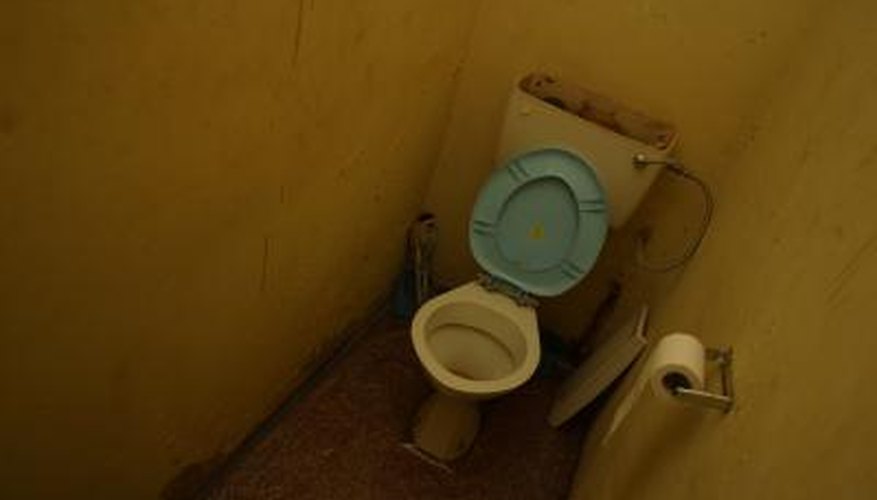Clearing space around a toilet must be planned for to create a comfortable area for the arms, shoulders and legs of toilet users. Codes normally contain minimum guidelines to guide proper toilet placement in bathrooms. The UK building regulations, part M are designed to accommodate individuals with disabilities so that wheelchair users have the additional room that they need.
Minimum space requirements
The minimum space that is allowed for a toilet in one or two-family dwellings of three or less is 37.5 cm (15 inches) on each side of the toilet, which means that there should be at least 37.5 cm (15 inches) starting from the centre line of the toilet to the nearest wall, washbasin or cabinet on the toilet's left or right. In front of the toilet, there must be at least 52.5 cm (21 inches) of free space, allowing for adequate leg room between the toilet and the nearest wall or tub in front of it.
International residential code
The space guidelines for toilets are handed down by the International Residential Code (IRC), which is a comprehensive code that provides minimum regulations for plumbing, building, electrical and other construction issues faced in one and two-family dwellings. In addition to following these minimum guidelines, you should also consult and follow UK codes when you are remodelling a bathroom. Local codes are often close to the IRC and may give you further insight into the distance requirements from the toilet to other bathroom fixtures.
Part M
The building regulations (Part M) provides guidelines to accommodate the space that persons in wheelchairs need to transfer onto a toilet. The toilet can be positioned for either a right- or left-hand approach. The nearest wall or partition on which the toilet tissue and grab bar is placed should be 500 mm (12.5 inches) from the toilet's centre line. Also, the clear space around the toilet should be at least 700 mm (17.5 inches) to the other side and 1.1 m (44 inches) in front.
- The building regulations (Part M) provides guidelines to accommodate the space that persons in wheelchairs need to transfer onto a toilet.
- The nearest wall or partition on which the toilet tissue and grab bar is placed should be 500 mm (12.5 inches) from the toilet's centre line.
Personal preferences
If the persons using the toilet are taller or smaller, the room around the toilet can be increased or lessened as long as the space still follows the minimum requirements. In a master bedroom, the clear space around the toilet is often increased, allowing for greater comfort and placement of such items as a book rack or a freestanding toilet paper holder instead of a holder installed on the wall. At least 45 cm (18 inches) of space is often used to the side of the toilet and at least 60 cm (24 inches) of room is often created in front of it.
